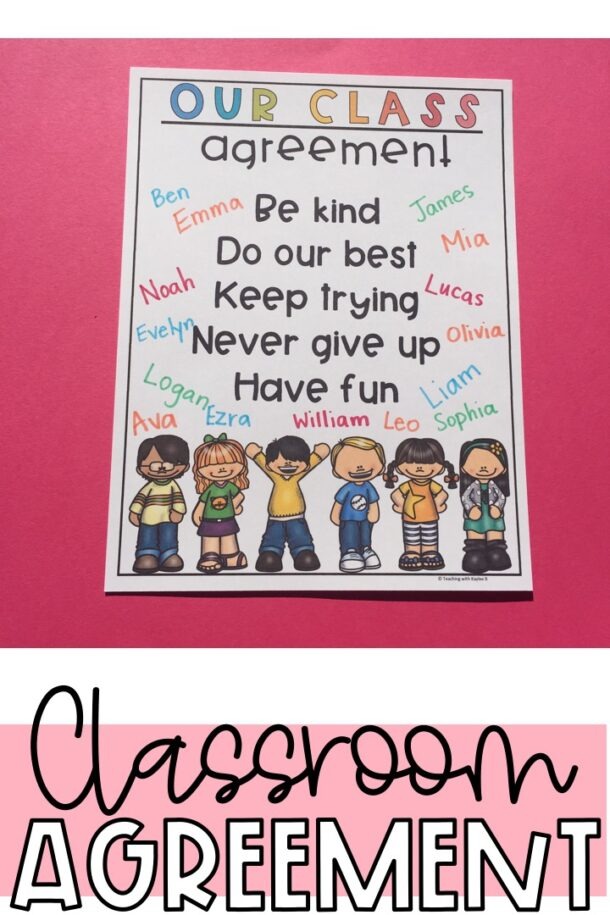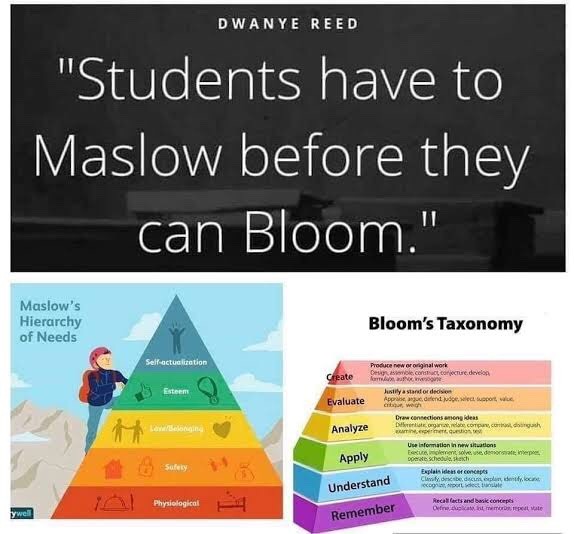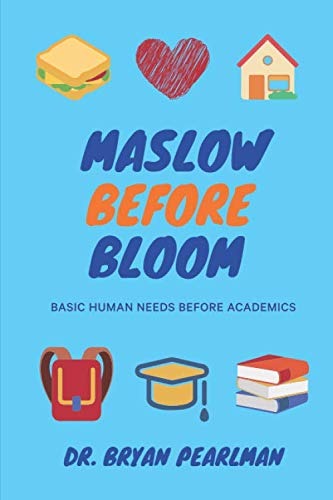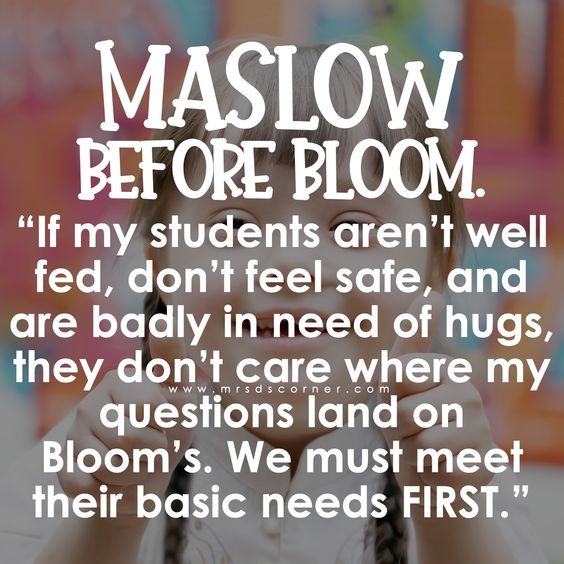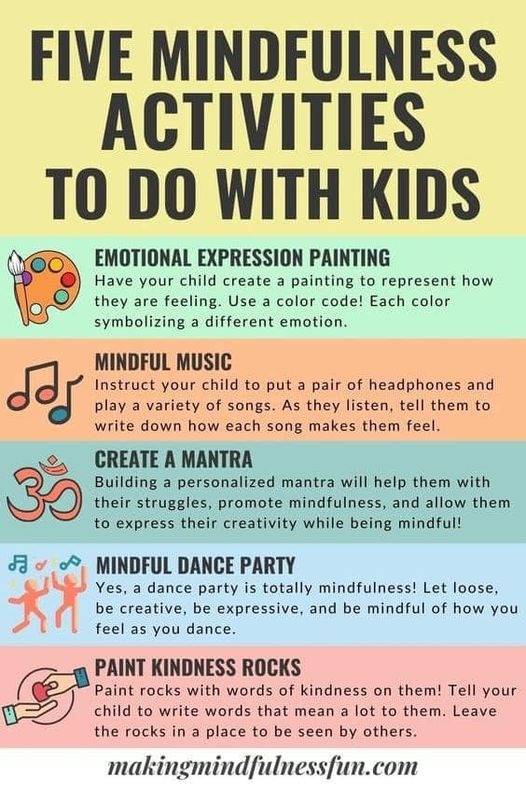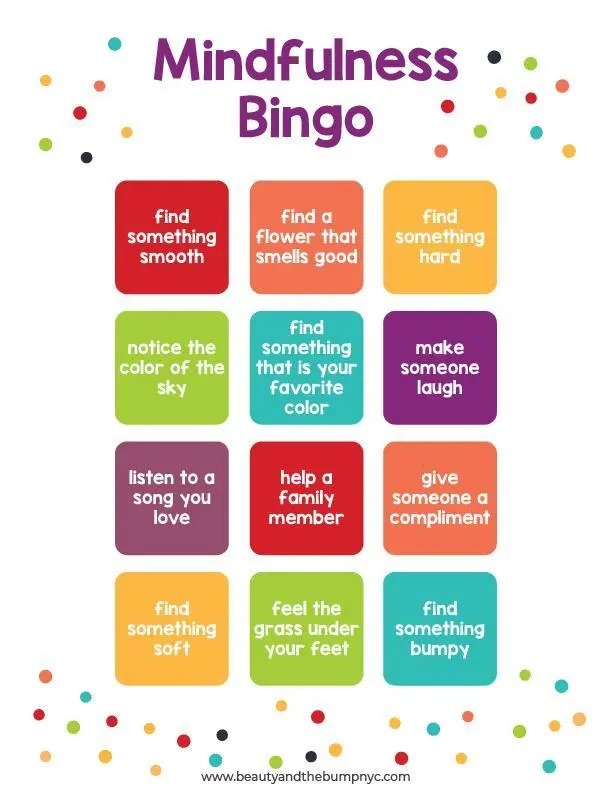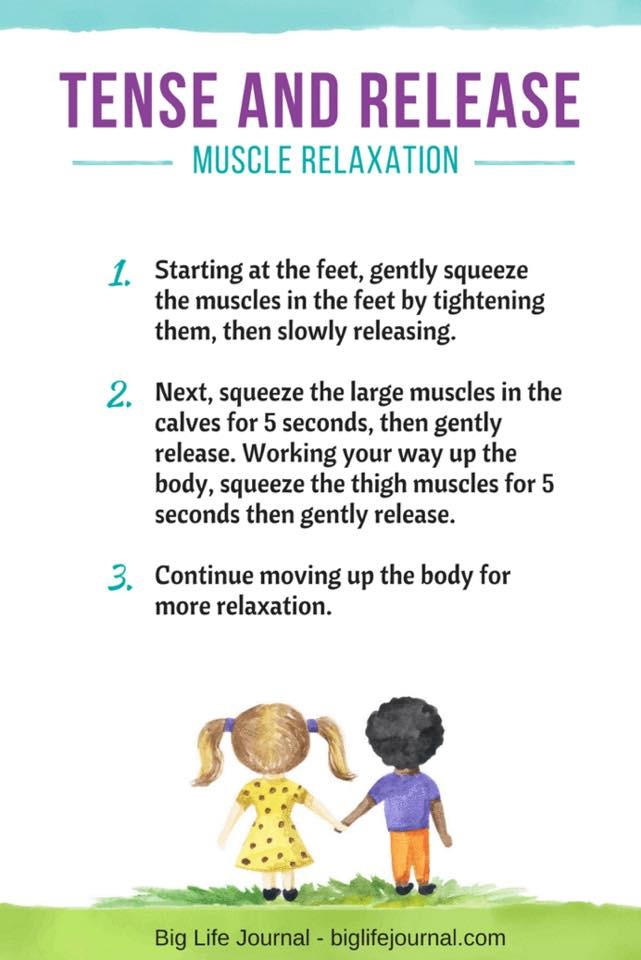Anyone who has been teaching even for a short while knows that unhappy children with low self-esteem and poor self-confidence struggle to learn. This is why teaching is such an intricate and multi-leveled profession. We are tasked with meeting the academic needs of our students, but we know that we also need to nurture their basic human needs to ensure they meet their full potential. That part is not in the curriculum – we need to build it in ourselves and make time to know our students and understand what makes them tick.
Mostly, teachers often question themselves and worry that they have not spent enough time showing that they care and making a concerted effort to connect and ensure their students know they matter. (It’s time to cut yourself some slack – just that it worries you shows that it is happening.)
We can become overwhelmed with assessment schedules, curriculum maps, and standards, so it is easy to doubt that we cover all bases.
Table of Contents
- What is Maslow before Bloom
- Why Maslow before Bloom Is Important
- How to Put Maslow Before Bloom?
- How to Integrate Maslow before Bloom in the Classroom
- Maslow Before Bloom Resources
- You need to ‘Maslow’ so your students can ‘Bloom’
- Maslow Before Bloom FAQs
What is Maslow before Bloom
Abraham Maslow and Benjamin Bloom were both psychologists who developed triangular models that have molded and guided education for decades.
Maslow’s Hierarchy of Needs is depicted as a pyramid, with the most basic human need at the base – physiological needs, such as food, water, and shelter. He believed that humans are driven by the motivation to reach the next level and can only do that once the needs of the lower level have been met.
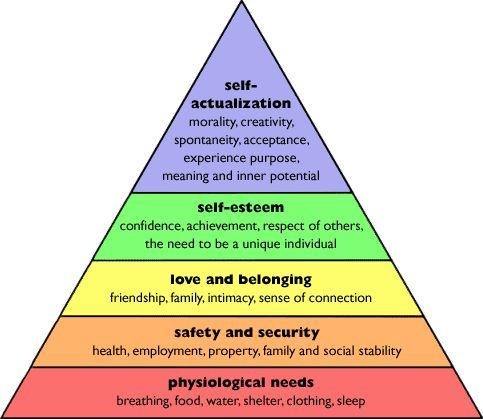
Benjamin Bloom’s model, known as Bloom’s Taxonomy, used a pyramid to classify educational objectives and goals. He also maintained that a student needs to be comfortable with the base level first– remembering – before moving to the next. The level of thought process and critical thinking skills increase as you work your way up.
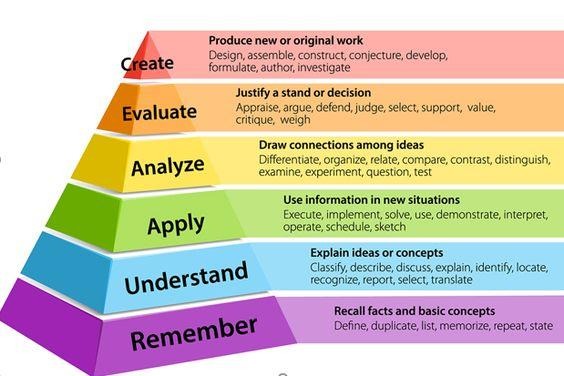
“Maslow before Bloom” recognized that a student needs to have their basic needs met before they can genuinely participate in the education process.
Why Maslow before Bloom Is Important
Maya Angelou famously said, “People will forget what you said, people will forget what you did, but people will never forget how you made them feel.”
This is essentially the basis of the ‘Maslow before Bloom’ philosophy. Nurturing the mind and soul and ensuring basic needs are met trumps academics.
And it makes sense. A hungry or homeless child will not be as open to learning algebra as a well-nourished child who lives in a warm, safe place. And a child who is experiencing trauma will have difficulty reaching their academic potential.
How to Put Maslow Before Bloom?
So, how do we put Maslow before loom? Building personal connections and creating a safe, nurturing environment are the first steps in implementing Maslow before Bloom. Simply taking time to greet each child personally every day is a good start. Studies show that beginning the day with a positive interaction can increase students’ academic engagement by up to 20%. In addition, spending the first few minutes of the day engaging in chat that isn’t even remotely academic and allows the students to share ideas and listen to each other promotes socio-emotional growth. Many quick activities can encourage a team dynamic and build the social bond the students have with each other and their teacher.
According to the professional development body, Responsive Classroom, starting the day with meaningful connection sets the tone for learning and “establishes a climate of trust, motivates students to feel significant, creates empathy, encourages collaboration, and supports social, emotional, and academic learning.”
How to Integrate Maslow before Bloom in the Classroom
Putting Maslow before Bloom doesn’t only have to happen at the beginning of the school day. There are many ways to do some mental health exercises and check-ins as the day progresses. Regular ‘brain’ breaks are not a waste of time. In fact, it will make the time spent on academics more productive. Taking five or ten minutes every hour to do some breathing exercises, mindfulness activities
or getting up to move and stretch does wonders for concentration and mental health. It is also a skill that can be carried into the students’ adult lives to help them manage their stress.
A safe space to retreat and get some peace and quiet can also go a long way to keeping anxiety at bay. For some students, just knowing that the option is available is enough to offer peace of mind.
Maslow Before Bloom Resources
Looking for some ideas? Here are some resources to guide you
Shabanum Buksh is and Australian teacher of grades K-6. Her blog has beautifully captured clear descriptions of Maslow’s basic needs and how they can be met in the classroom.
Trends.eu have a series of blogs, e-learning courses and tutorials that look at Maslow before Bloom in a post-COVID world and getting it right with remote learning.
Looking for a way to open discussion and engagement? Success through Literacy has a selection of resources to get you started.
For a helpful blog offering practical tips, visit ‘A Teacher Is Like a Candle.’ There are also some great recommendations for books and websites.
Dr. Bryan Pearlman’s book ‘Maslow Before Bloom: Basic Human Needs Before Academics‘ is available on Amazon and gives deep insight through real-life stories and current research. He also provides hands-on strategies and a new problem-solving approach that is easy to implement.
Miss D’s Corner has a range of teaching resources and special education support, developed by a special education dedicated to making grade-level content functional, engaging, and meaningful for all students.
Here are a few resources to get you started if you need some inspiration for mindfulness activities from Anna’s Child Care and Early Learning.
You need to ‘Maslow’ so your students can ‘Bloom’
As adults, we are very aware of the stress that comes with everyday life. But we often forget that kids feel it too and are trying to keep their heads above water in their academic world, even though they may feel they are drowning emotionally. Teachers are at the front line when teaching self-care and ensuring students feel that they have someone in their corner. The little things will make a big difference in the long run.
Maslow Before Bloom FAQs
The phrases refer to Abraham Maslow’s Hierarchy of Needs compared to Benjamin Bloom’s educational learning objectives. It suggests that people can only reach their academic potential if their basic human needs are met first.
American psychologist Abraham Maslow developed a hierarchy model, placing human needs into five levels in order of importance. Physiological needs are at the base of the model, including food, water, and sleep. This is followed by safety, a sense of love and belonging, esteem, and self-actualization
Self-actualization is the top level of Maslow’s Hierarchy of Needs. One reaches the point of self-actualization when one reaches their full potential. Unfortunately, while it is the point, we all strive for, most people don’t reach the top level as they are dealing with the more pressing needs of the lower levels.

